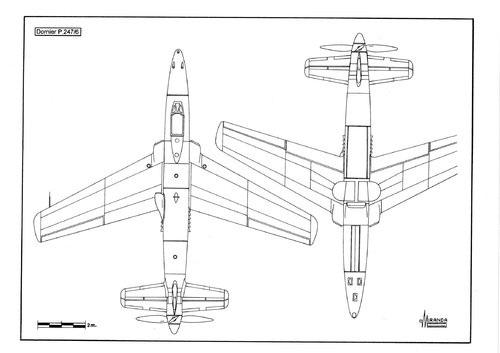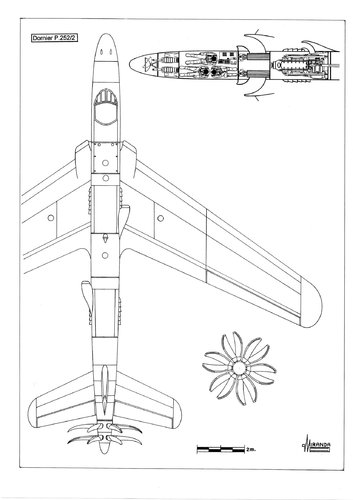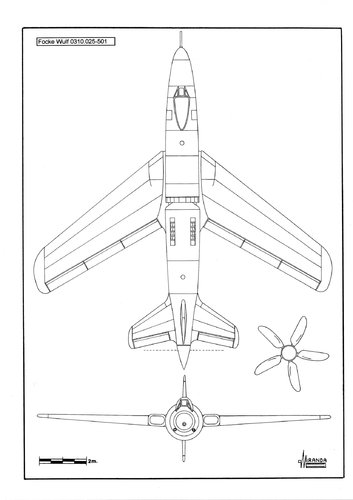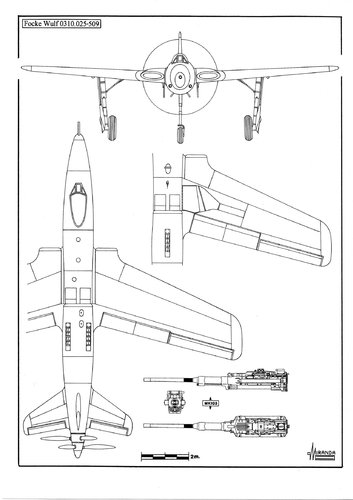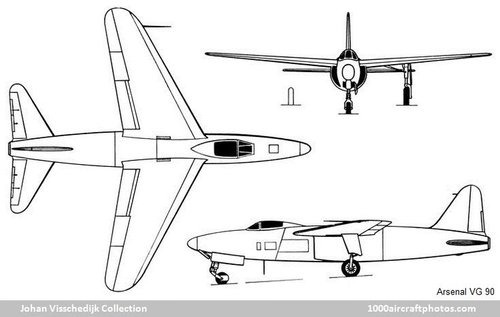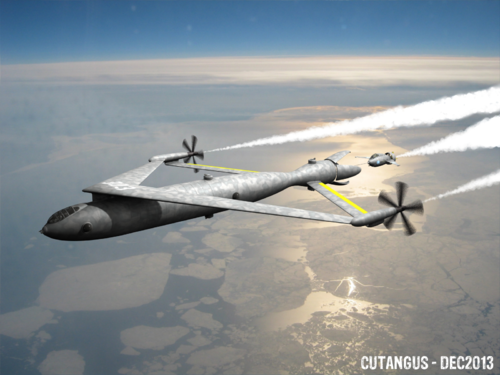- Joined
- 27 September 2006
- Messages
- 6,417
- Reaction score
- 6,815
In the "Final Countdown" the arrival in 1941 of F14s leads a US Senator to ask where these "rocket powered" planes came from. Which got me thinking. Supposing instead of the jet engine powered Meteor and Me262 WW2 only went down the rocket powered M163 route.
Military rocket powered planes prove to be dangerous toys. Airliners and bombers evolve slowly from the B29 and Strarocruiser.
Instead of the B52, SAC operates the B36 Peacekeeper and the B49 prop medium bomber.
Now I know there are huge snags with the above but the idea is to see how far propeller machines could have evolved without the transition to jet power.
Military rocket powered planes prove to be dangerous toys. Airliners and bombers evolve slowly from the B29 and Strarocruiser.
Instead of the B52, SAC operates the B36 Peacekeeper and the B49 prop medium bomber.
Now I know there are huge snags with the above but the idea is to see how far propeller machines could have evolved without the transition to jet power.

